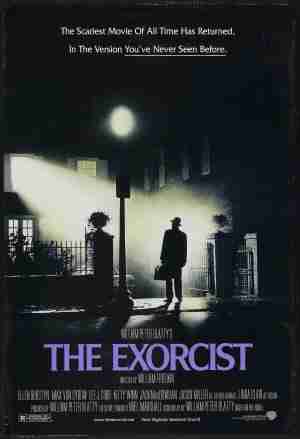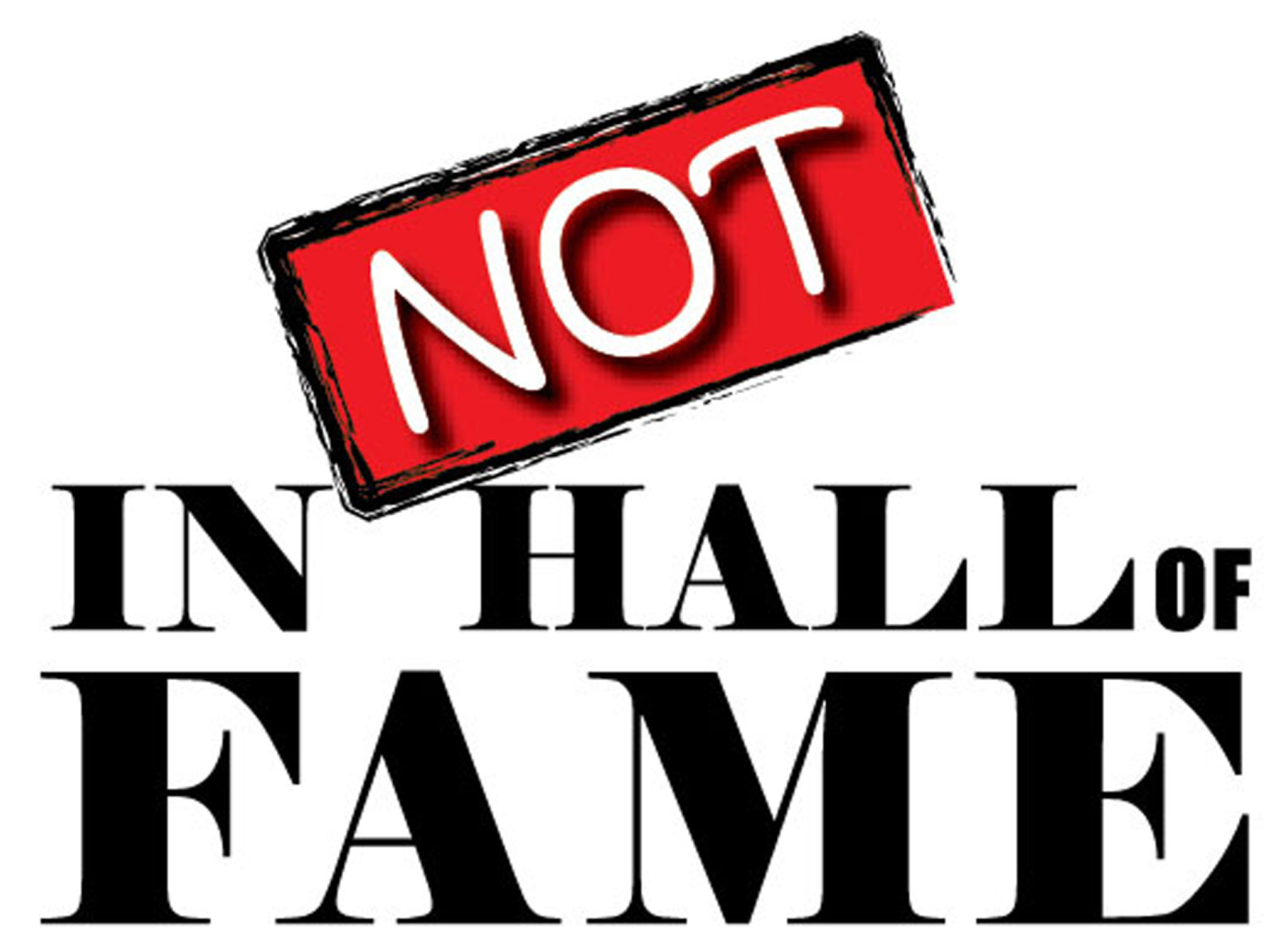
“The Exorcist is a film about the mystery of faith.
And I think the fact that it’s endured for more than twenty-five years
is due largely in part to what it leaves you with after you’ve seen the film.
It starts with a brilliant screenplay,
from an equally powerful novel by William Peter Blatty.
It’s a story that can perhaps make you question your own value system,
even your own sanity.
Because it strongly and realistically tries
to make the case for spiritual forces in the universe,
both good and evil.
But what you may not be aware of is the fact that
The Exorcist is based on a true story.
It took place in Silver Springs, Maryland in 1949
and was widely reported in the American press.
When I saw the files at Georgetown University pertaining to the actual case,
I knew that this was going to be, or needed to be,
something more than just another horror film.
This had to be a realistic film about inexplicable events.
I always thought that a film should first of all be
an emotional experience.
It should make you laugh, or cry, or be scared.
But it should also inspire and provoke you,
and make you reflect.
Over the years I think that most people
take out of The Exorcist what they bring to it.
If you believe that the world is a dark evil place,
then The Exorcist will re-inforce that.
But if you believe there is a force for good
that combats and eventually triumphs over evil,
then you will be taking out of the film
what we tried to put into it.”
~ William Friedkin
(bonus features, The Exorcist dvd)
Perhaps it’s because I was raised a Catholic until I was twelve, the same age as Regan O’Neill (Linda Blair) in the film. Maybe it’s because I remember my older brother’s reaction after seeing it in the cinema at the time of its release... abruptly flying off the couch out of a deep sleep the moment my mother flicked off the overhead light that night; the light he had purposefully left on after coming home from the cinema, in order to get to sleep. I was only ten, and still years away from seeing it myself, but The Exorcist had enormous impact on me nonetheless, before and after I saw it, and still does.
I was in my early thirties when my then-and-very-talented-boyfriend did a bang-on impression of a demonic Regan, which caused a scream to erupt from my body that was so guttural, so hair-raising, that it stunned and shocked him. My response: “If you ever do that to me again, and I survive, I will kill you.” For this film, to me, is the most disturbing film ever made about evil. I’ve seen it many times, but mostly when I was younger. These days I’m more sensitive to it. When it comes on television now, no matter if it’s day or night, I have to turn the channel. The mere thought of the subject matter, let alone the horrific scenes, overcomes me. What the director said about re-inforcing what we already believe is likely the cause. Yet mere weeks ago, some thirty-nine years after it was first released, I rented The Exorcist on dvd... to analyze the evolving feelings I’ve had about it over the years, and to prepare for this review.
Known first as a writer of comedy, William Peter Blatty felt dried up in the humour genre and decided to try something new. He recalled that back when he was a student at Georgetown University, he heard details of a real-life exorcism on a 14-year-old boy who had undergone enormous changes in his personality after playing with a Ouiji board. The boy’s Lutheran parents took him to their minister, who suggested they take him to a Catholic church instead, for they would be more familiar with this type of behaviour. Blatty began researching for a novel based on this event. He hoped to write something intelligent, maybe even credible, and ultimately sought out a real-life priest to help him.
When the book was a success, it led to a screenplay. But the movie people initially turned it down, likely out of fear of unleashing such a film on the public. But Warner Brothers eventually gave the go-ahead. And William Friedkin, as the director, became obsessed. He pushed the cast above and beyond what was acceptable to get the performances shown in the film, including Ellen Burstyn (Chris O’Neill), who was physically injured on set. Burstyn did an outstanding job in the role of Regan’s distraught mother, but it was Shirley MacLaine that Blatty originally wanted for the role. MacLaine likely would have given an equally amazing performance.
Linda Blair’s real life mother was responsible for bringing her daughter to the audition, where Blair was chosen out of hundreds of other twelve-year-olds for the role of Regan. Apparently young Linda amazed everyone with her ability to compartmentalize, saying she had no trouble speaking such despicable dialogue for she knew it was not really herself saying it, but Regan, or more specifically, Satan.
Struggling with thoughts of leaving the priesthood is Father Damien Karras, the Catholic priest (Jason Miller) who works at the church as a psychiatric advisor. He is wrought with guilt for not being able to care for his aging mother. In possession of the twelve-year-old girl, Satan uses this guilt against Karras during the exorcism, taking the image and voice of the priest’s ailing mother to torment him. For me it’s the most disturbing scene in the film, a scene that will stay with me forever.
A mysterious fire broke out on set during shooting, the cause of which was never determined. And Jack McGowran died from influenza barely a month after the film was released. McGowran played Burke Dennings in the film who was killed at the hands of the demon. These events helped fuel the publicity that the film was cursed. The location of where the characters fell to their deaths; the steps of that narrow alleyway in Georgetown, continues to be visited by film buffs to this day. And the scene where Father Merrin (Max von Sydow) arrives by taxi to the McNeill’s home, enveloped by fog, is one of the most memorable scenes in cinematic history. Of the scenes that didn’t make the final cut, the most talked about one seems to be Regan’s demonic spider walk down the stairs. But I’d prefer to see the extended version of the theological conversation between Karras and Merrin on the staircase during a break they took from their fight with the devil.
To my surprise and relief, I managed to get through this latest screening of The Exorcist reasonably well. But it is of no surprise that at the time of its release, people lined up around the block to see it, only to find themselves rushing up the cinema aisles to get out after viewing less than half of the film. Cinema goers were physically sick, and fainted. “The film delivers to this very day that very precious commodity - a powerful emotional response. Whether positive or negative doesn’t matter, you’re alive during those two hours.” ~ William Peter Blatty
In 2010, The Exorcist was selected by the Library of Congress for preservation in the National Film Registry as "culturally, historically, or aesthetically significant”.
The trailer for The Exorcist...


Comments powered by CComment